What are Ortholinear Keyboards?
An ortholinear keyboard is a keyboard layout in which the keys are precisely aligned horizontally and vertically.
Ortholinear, derived from the Greek word "orthos", meaning straight line or right angle, emphasizes the neatness and symmetry of its key arrangement.
The design philosophy of this keyboard is to provide a more visually comfortable and neat appearance through a unified grid layout and keys of the same size. Ortholinear keyboards usually have a key configuration of 4 rows x 12 columns or 5 rows x 15 columns, removing some function keys and other less used keys in traditional keyboards to make them more compact.
Features of Ortholinear Keyboards
1. More compact layout
Ortholinear keyboards are more compact than traditional keyboards, usually with only 40% or 60% of the keys of a traditional full-size QWERTY keyboard. It removes some function keys and other keys, usually 4 rows x 12 columns or 5 rows x 15 columns.
2. Neat and uniform keys and layout
Each key on the ortholinear keyboard is the same size; whether it is the Enter, Shift, or Enter key, they all have the same shape and size. And the keys are perfectly aligned vertically and horizontally and look very uniform.

Benefits of Ortholinear Keyboards
1. More aesthetics
The keys of the ortholinear keyboard are more uniform and more in line with the user's aesthetics. The keyboard is also very small and compact, which can bring a cleaner desktop. In addition, just like most mechanical keyboards, the keycap color, keycap profile, RGB light color, etc. can all be customized according to the user's preferences.
2. Improve typing efficiency
The uniform key layout of the ortholinear keyboard makes it easier for us to find the position of each key, and each key is on the same straight line. Typists can find the specific position of the key without looking at the keyboard, which will improve typing accuracy. The compact layout shortens the distance our fingers move, improves typing speed and efficiency, and reduces finger fatigue.
3. Easy to carry
The layout of the ortholinear keyboard is only 40% or 60% of the normal full-size keyboard, and it is very compact, taking up less space, and very convenient to carry when traveling or on business.
4. More ergonomic
Ortholinear keyboards are more ergonomic than regular staggered keyboards, and the straight-line design eliminates the need for unnatural finger curling.

Disadvantages of Ortholinear Keyboards
1. A steeper learning curve
Unlike the Dvorak and Colemak keyboards, which just changed the character position, the physical layout of the keyboard has not actually changed. The ortholinear keyboard has changed a lot in the physical layout.
If you are used to the staggered layout, Muscle memory from years of using staggered keyboards may cause frustration during the initial transition period.
2. Limited choices
Because ortholinear keyboards are a niche keyboard, there are not many styles of ortholinear keyboards, unlike traditional staggered keyboards, which have many styles to choose from.
3. Limited research
Because the number of users of ortholinear keyboards is far less than that of traditional staggered keyboards, there is not enough user data for developers to support their development and improvement of orthogonal keyboard designs.

What is the Difference Between Ortholinear and Standard Keyboard?
|
Feature |
Ortholinear Keyboard |
Standard Keyboard |
|
Key Alignment |
Straight grid, no offset. |
Staggered rows, offset keys. |
|
Ergonomics |
Less finger movement, more ergonomic. |
More finger travel. |
|
Typing Efficiency |
Can increase efficiency with practice. |
Familiar but less efficient for some. |
|
Learning Curve |
Steep, requires adjustment. |
None, widely used and familiar. |
|
Form Factor |
Compact and portable. |
Larger, more space needed. |
|
Customization |
Highly customizable, programmable. |
Customizable but less flexible in layout. |
1. Key alignment
- Ortholinear Keyboard: Each key is aligned according to a strict grid and has the same size, creating a unified and neat visual effect.
- Standard Keyboard: The keys are staggered, meaning that each row of keys is slightly offset horizontally from the row above it. This is the traditional layout most people are used to, originating from typewriters.
2. Ergonomics
- Ortholinear Keyboard: The unified key layout makes it easier for users to find the position of each key, improving typing speed and accuracy.
- Standard Keyboard: Although the staggered keyboard layout may require more finger movement when typing, this design has been proven to be effective and can meet the needs of most users.
3. Typing efficiency
- Ortholinear Keyboard: Once you get used to it, typing will be faster because the keys are all the same size and your fingers don't have to move around. But it may feel a little awkward at first.
- Standard Keyboard: Most users are familiar with it and the staggered layout is deeply ingrained in most users’ muscle memory, making it easy to use for most people.
4. Learning curve
- Ortholinear Keyboard: It takes some time to get used to switching from a regular keyboard to an orthogonal keyboard because the key positions are different.
- Standard Keyboard: Everyone is used to this layout, so there is no need to learn how to place your fingers.
5. Form Factor
- Ortholinear keyboards: It usually smaller and more compact, making them easier to carry around.
- Standard Keyboard: Comes in various form factors (full-size, TKL, 60%, etc.).

Who Should Use an Ortholinear Keyboard?
If you prioritize ergonomics and are open to experimenting with non-traditional layouts, Ortholinear keyboards can be a good choice .
And if you are experiencing discomfort or strain when typing on standard keyboards, the ortholinear layout can provide relief.
If you are programmers and typists seeking more efficient typing patterns,Ortholinear keyboards arealso a great option.
Also, if you are gamers who prefer compact layouts for better desk space management, you can choose ortholinear keyboards too.
Popular ortholinear keyboards 2024
1. Planck
- Layout: 40% ortholinear.
- Key Count: 48 keys.
- Features: Hot-swappable PCB, fully programmable via QMK firmware, minimalist design with no dedicated number row.
- Customizability: Wide range of keycaps and switches; DIY kit options available for enthusiasts.
- Target Audience: Users looking for ultra-compact, ergonomic layouts for travel or minimalistic setups.
2. Preonic
- Layout: 50% ortholinear.
- Key Count: 60 keys.
- Features: Hot-swappable PCB, QMK programmable, includes a number row, slightly larger than Planck but still compact.
- Customizability: Extensive options for key switches, keycaps, and case modifications.
- Target Audience: Users who prefer the ortholinear layout but need a number row for productivity.
3. ErgoDox EZ
- Layout: Split ortholinear.
- Key Count: 76 keys.
- Features: Split design for ergonomics, fully programmable via QMK, customizable tenting and wrist support for better hand positioning.
- Customizability: Highly customizable with various switch options, case colors, and additional accessories.
- Target Audience: Power users, coders, or typists seeking ergonomic solutions for prolonged typing sessions.
4. OLKB Atomic
- Layout: 60% ortholinear.
- Key Count: 63 keys.
- Features: Customizable layout, fully programmable, supports advanced macros and shortcuts.
- Customizability: DIY kit available, allowing users to select components and configure the keyboard to their preferences.
- Target Audience: Advanced keyboard enthusiasts and those who enjoy building their own keyboards.
5. ZSA Moonlander
- Layout: Split ortholinear.
- Key Count: 68 keys (per half).
- Features: Ergonomic split design, fully programmable with built-in RGB lighting, adjustable thumb clusters.
- Customizability: Customizable tenting angles, key mapping, and keycap options; supports different switch types.
- Target Audience: Users focused on long-term ergonomic typing, productivity, and custom key layouts.

Conclusion
Ortholinear keyboards may not be for everyone, but they offer a compelling alternative for those looking to reduce strain and improve typing efficiency. Their grid-like structure is a bold departure from the traditional staggered layout, and while the learning curve may be steep, the benefits are clear for many users. Whether you’re a programmer, gamer, or ergonomic enthusiast, exploring the world of ortholinear keyboards could be a step towards a more comfortable and efficient typing experience.
FAQ
Is Ortholinear really more ergonomic?
Orthogonal keyboards are indeed designed with ergonomics in mind, aiming to reduce unnecessary movement and twisting of fingers, thereby providing a more natural and comfortable typing experience.
And as for other ergonomic designs, keyboard layout, such as split keyboards or curved layouts. Different layout use the different way to reduce strain for long time using.
Different people have different preferences; just choose the right one down to personal preference and comfort.
Are ortholinear keycaps different?
Ortholinear keycaps need to be uniform in profile and may include different size options for special keys. It’s important to ensure the keycap set is compatible with your specific ortholinear layout, as not all standard keycap sets will fit properly.
How long does it take to get used to an ortholinear keyboard?
Most users report an initial adjustment period of about 1 to 2 weeks. During this time, you’ll likely experience slower typing speeds and more errors as your fingers adjust to the straight grid layout.
Daily users of ortholinear keyboards may adapt more quickly, potentially within a few days to a week, as their muscle memory adjusts faster.








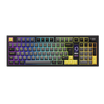




















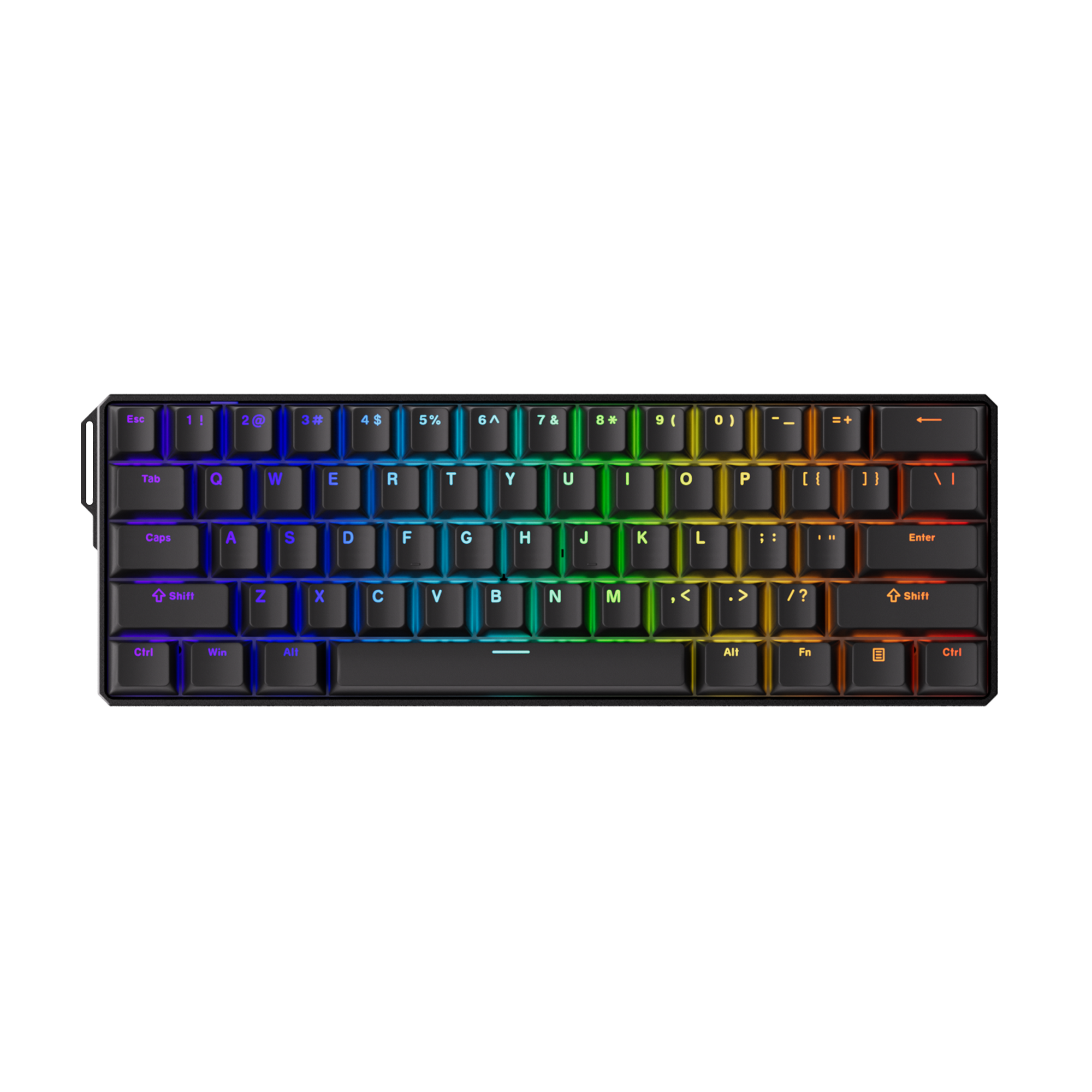

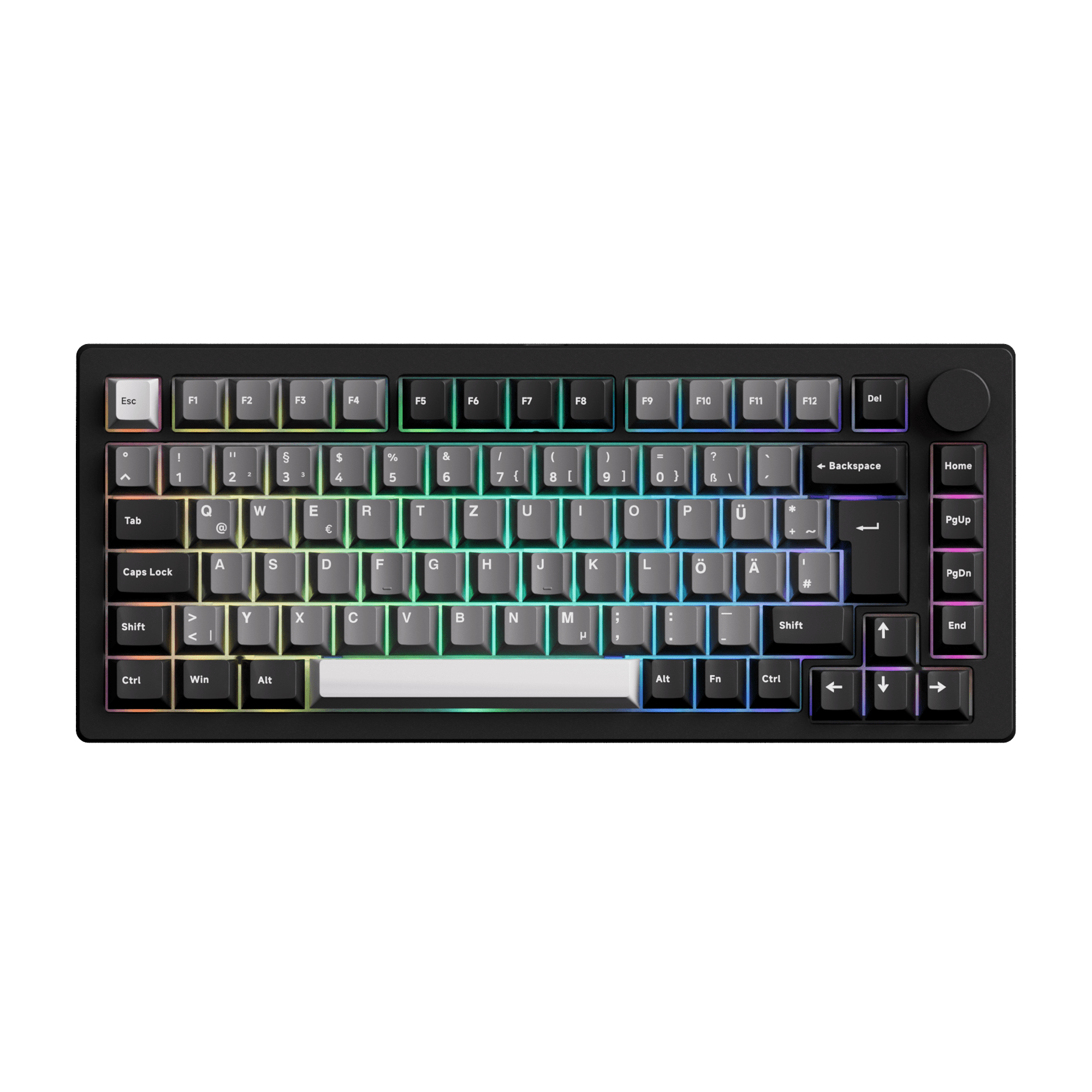

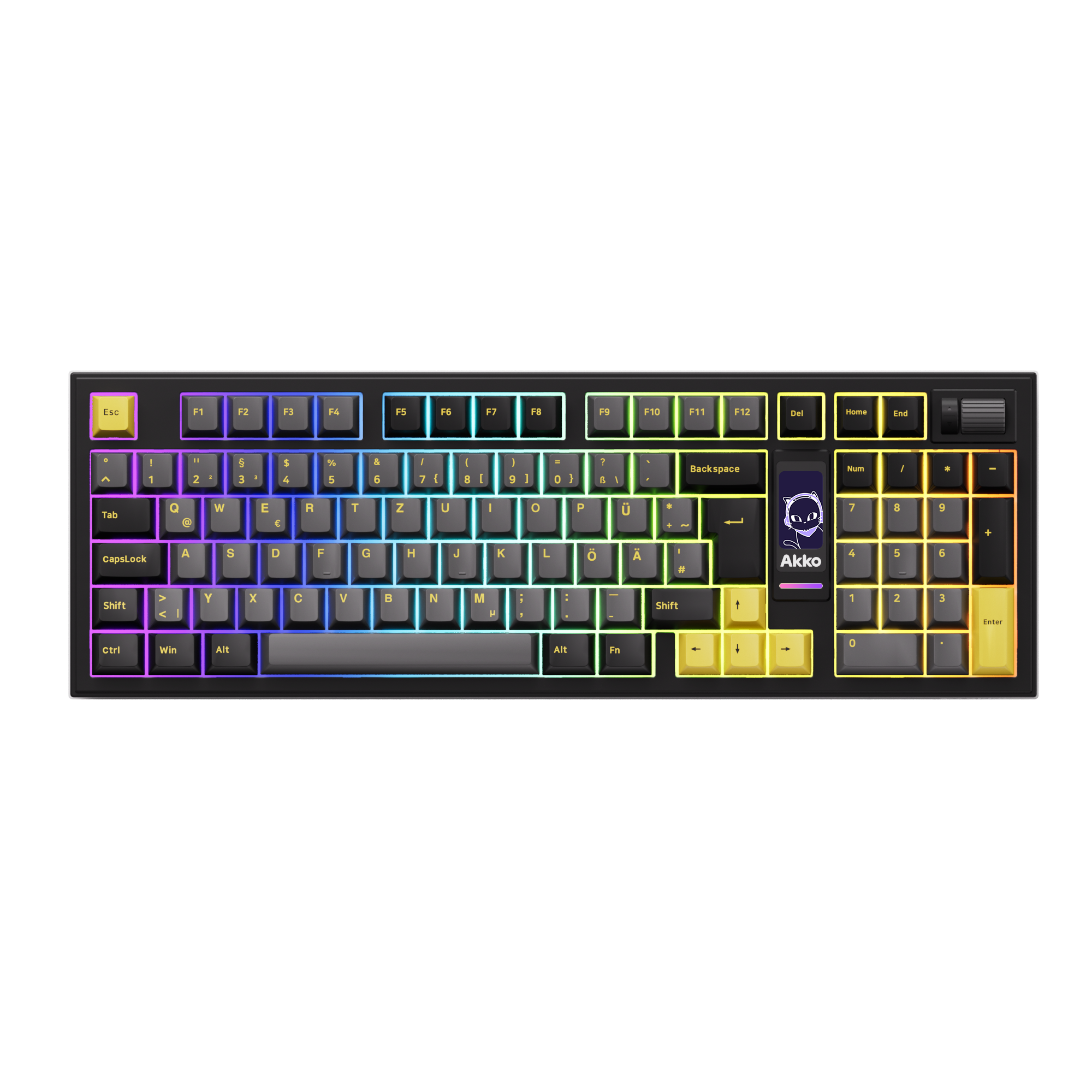









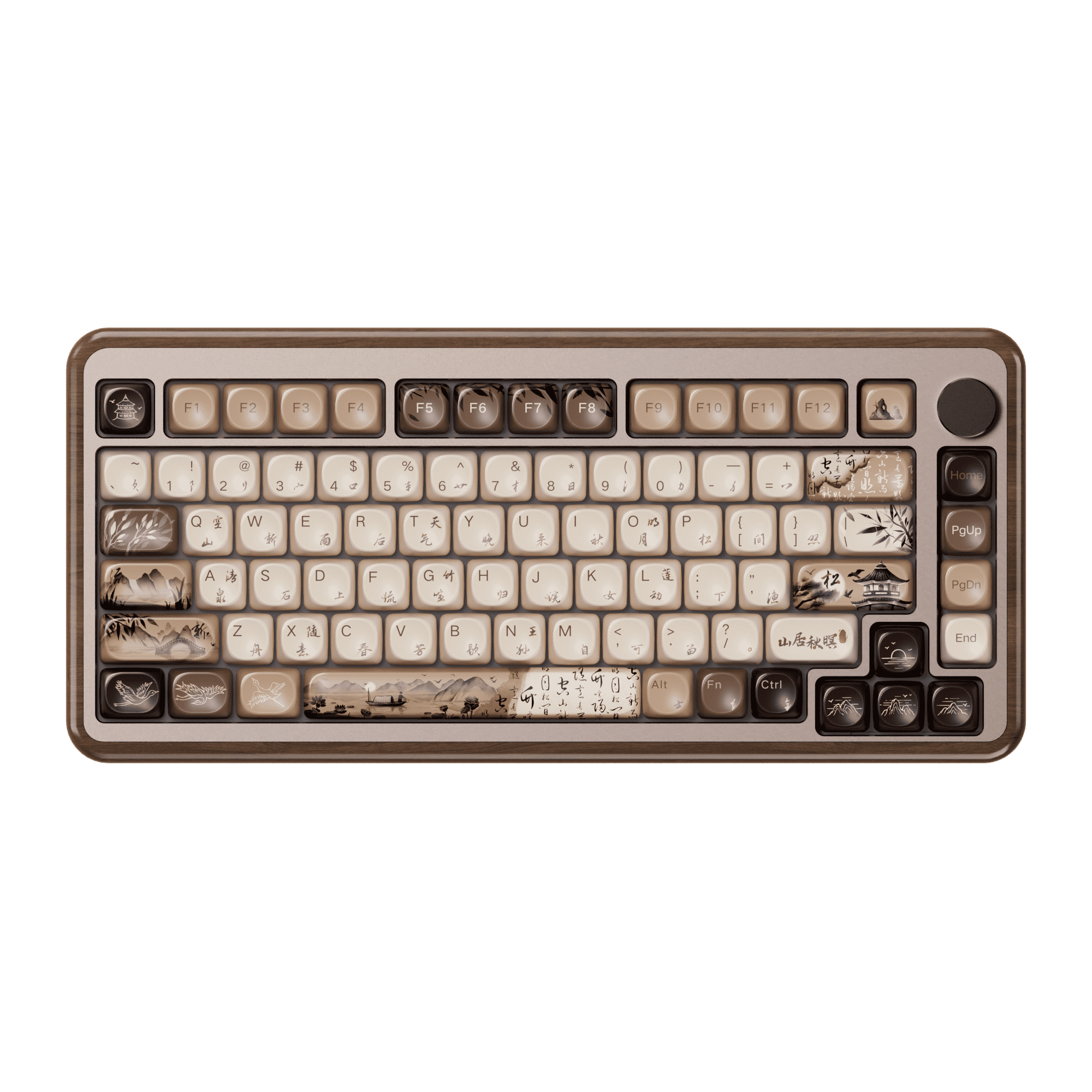





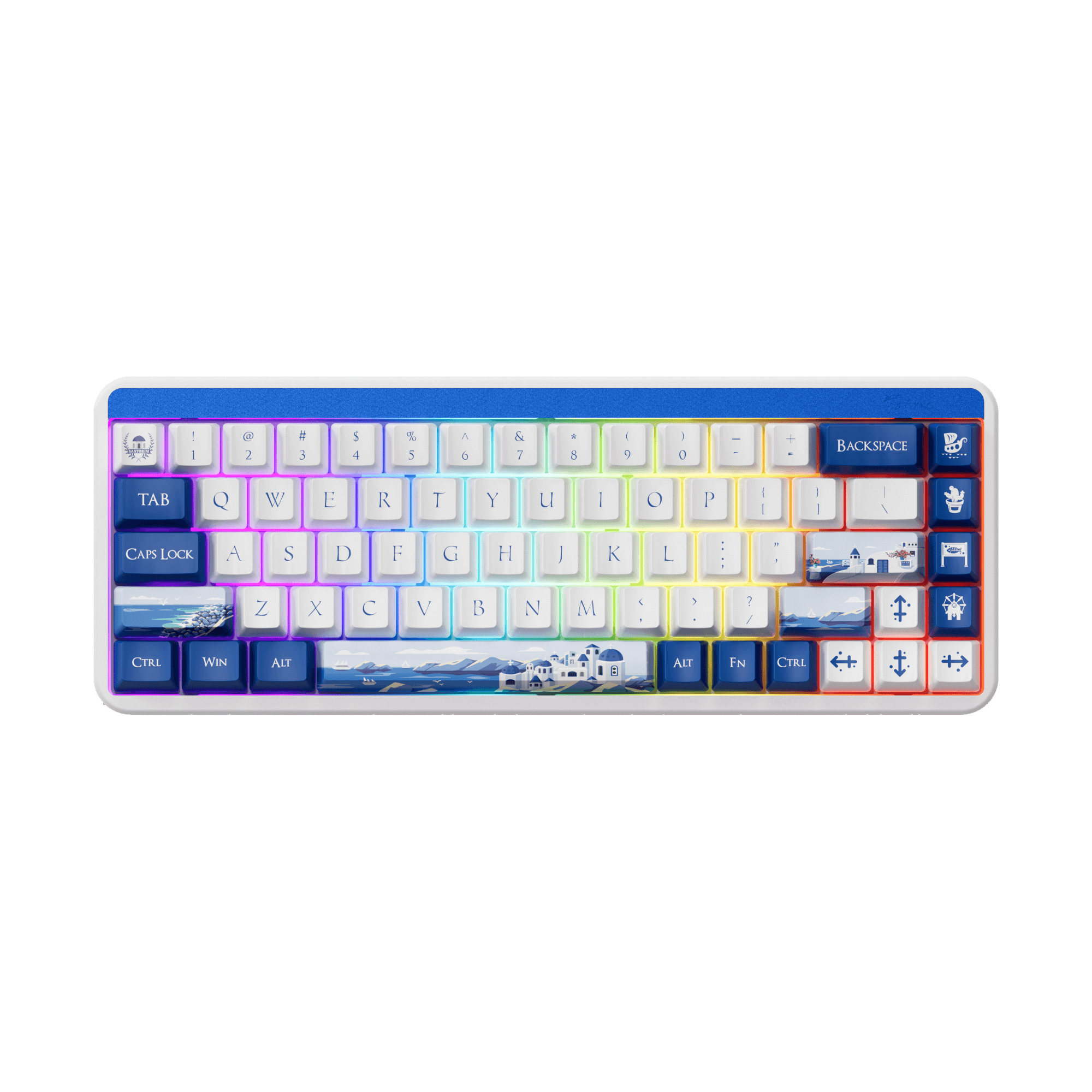


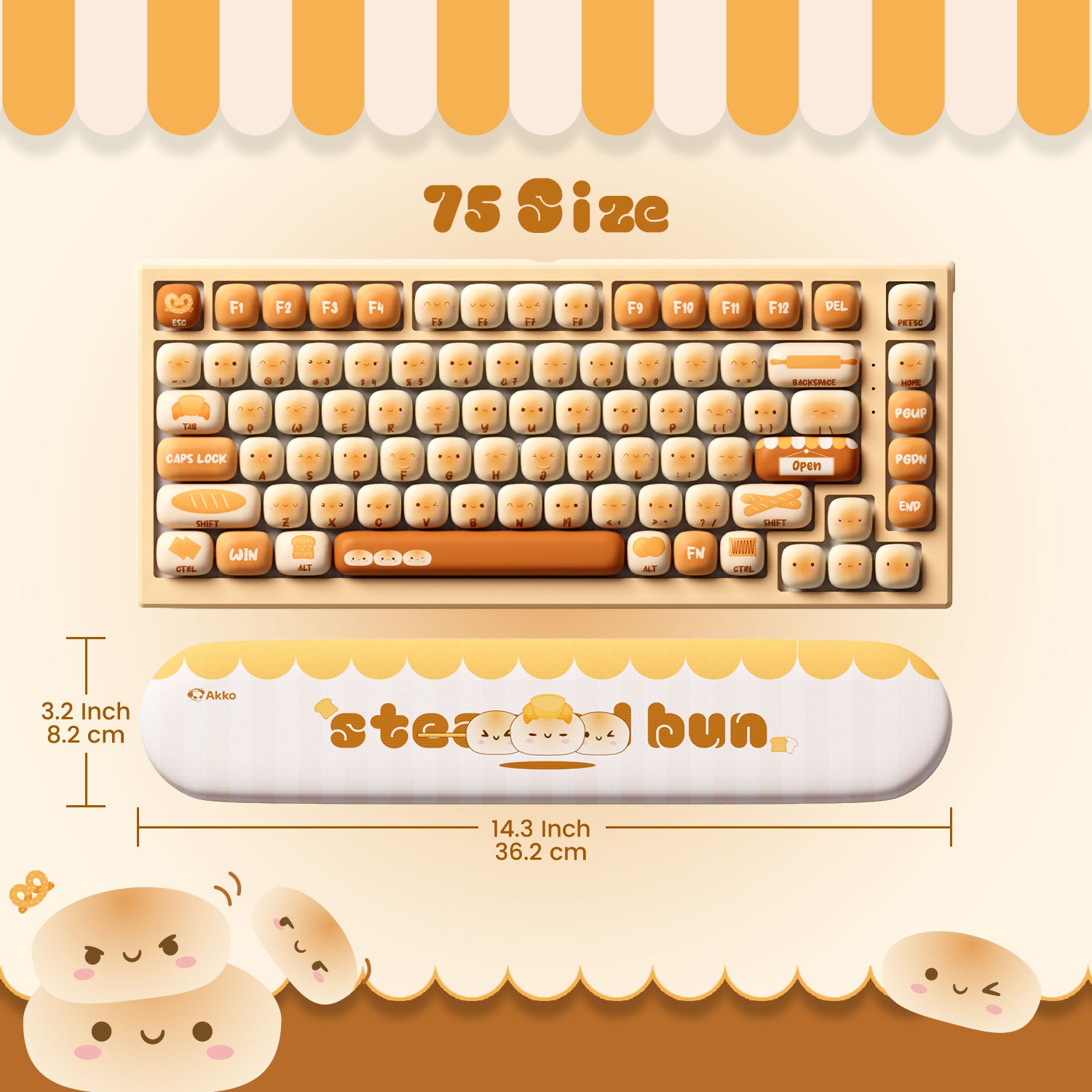



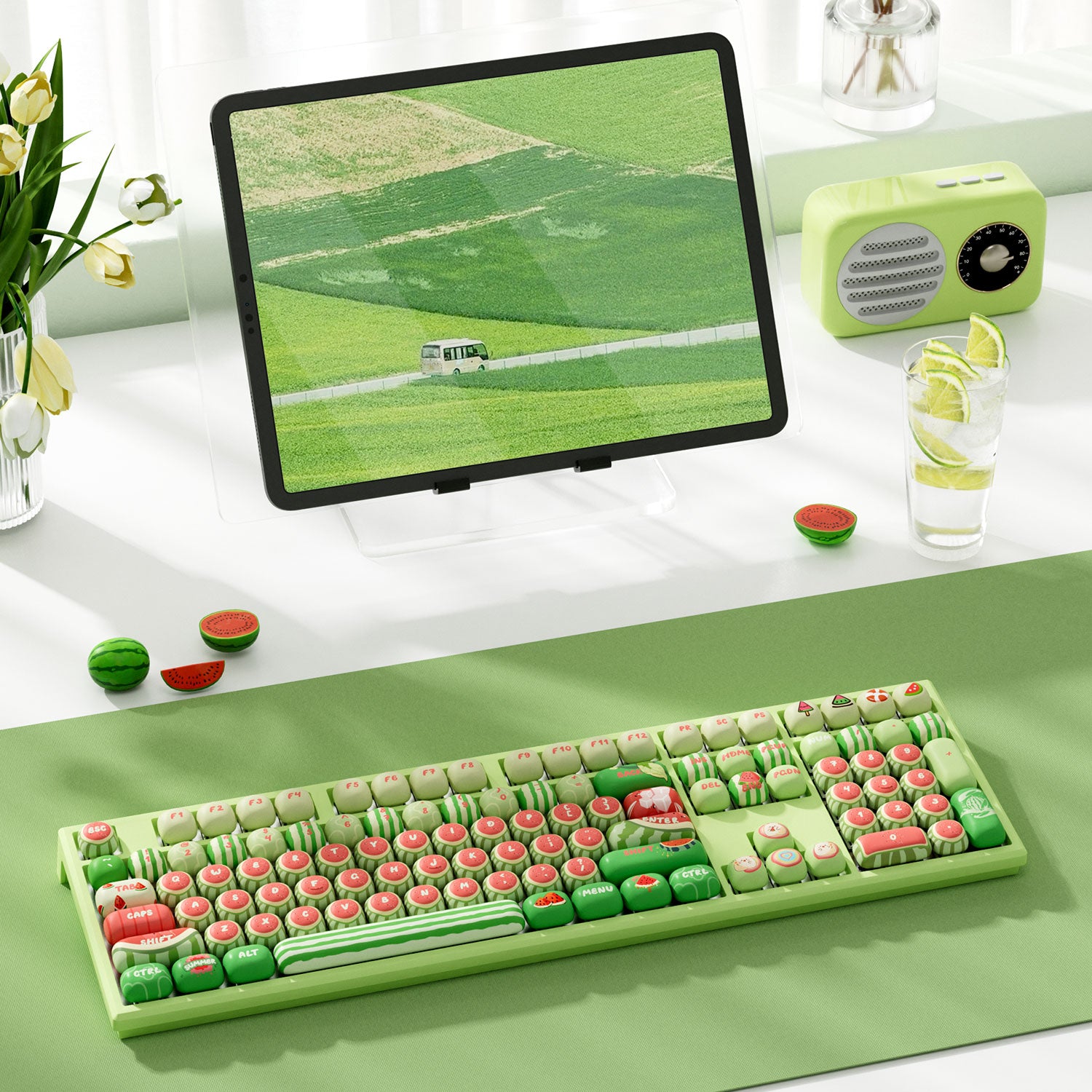
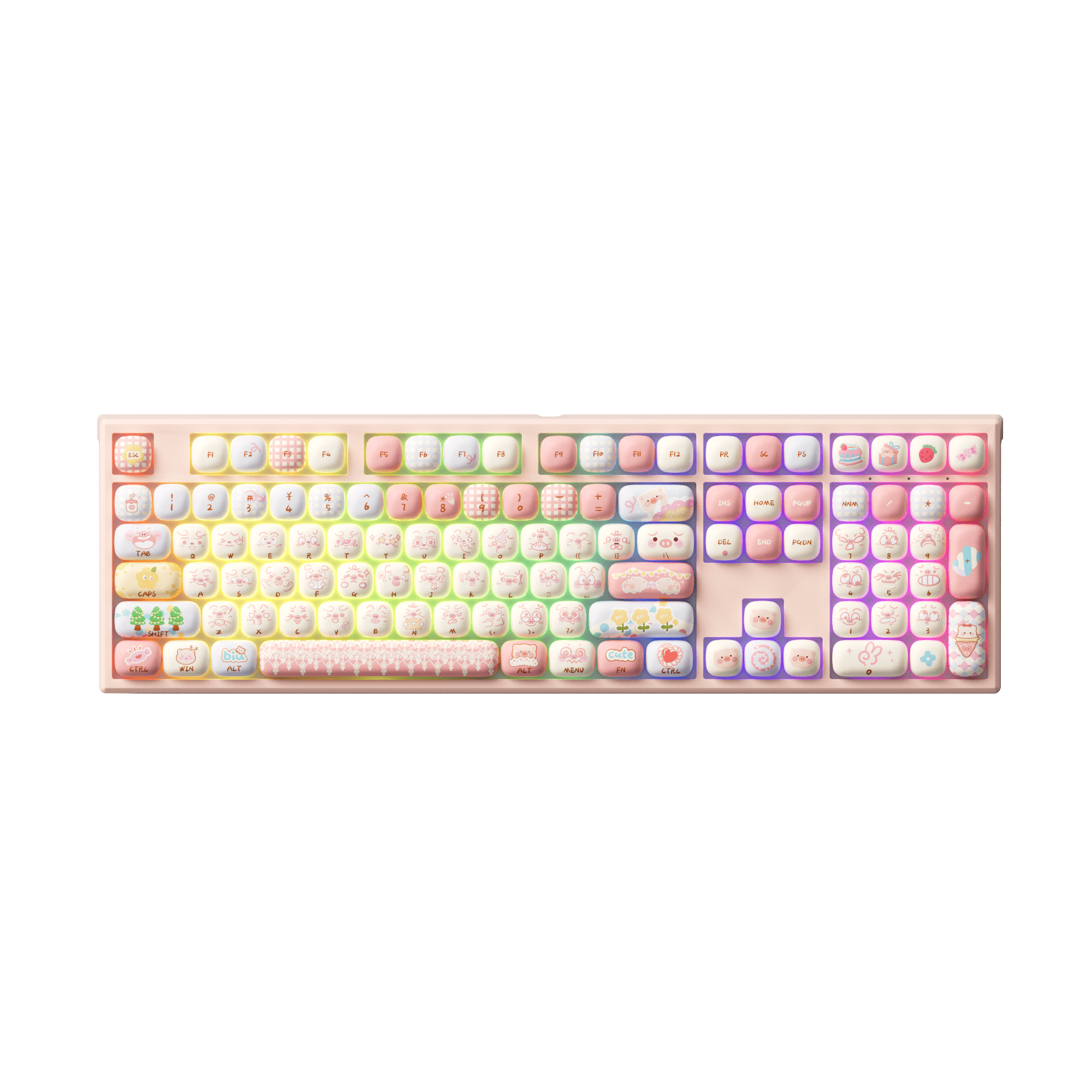
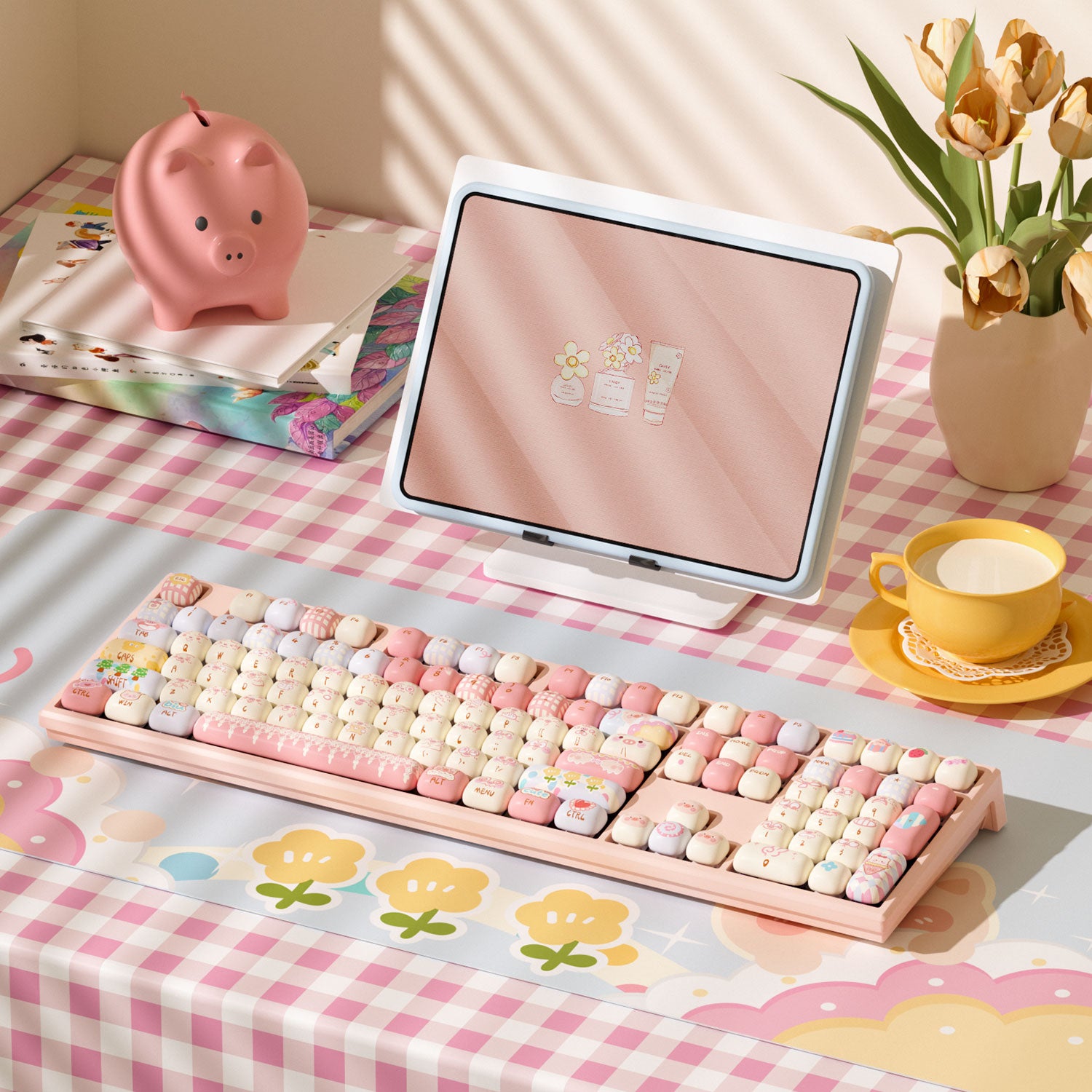
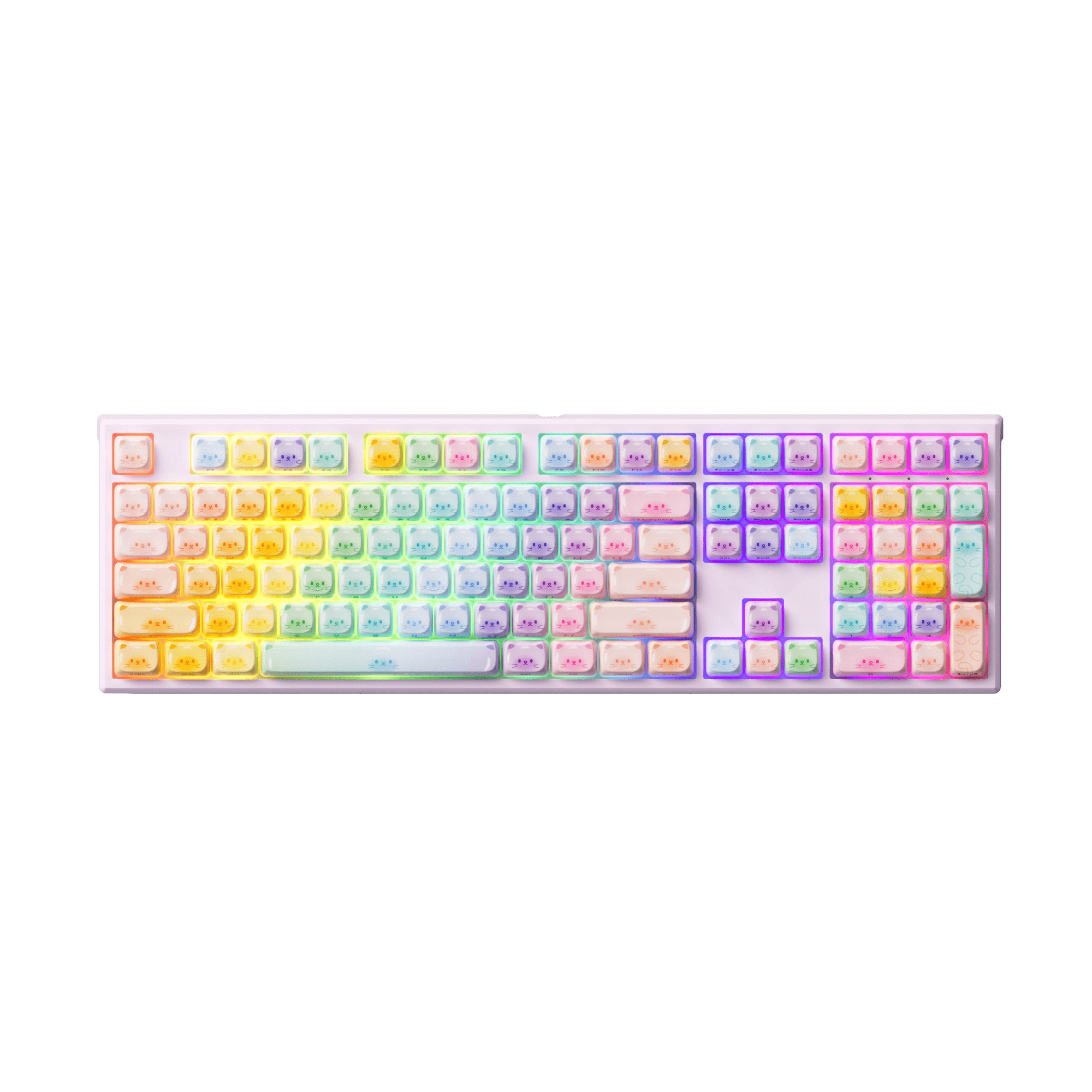












Commenta
Questo sito è protetto da hCaptcha e applica le Norme sulla privacy e i Termini di servizio di hCaptcha.